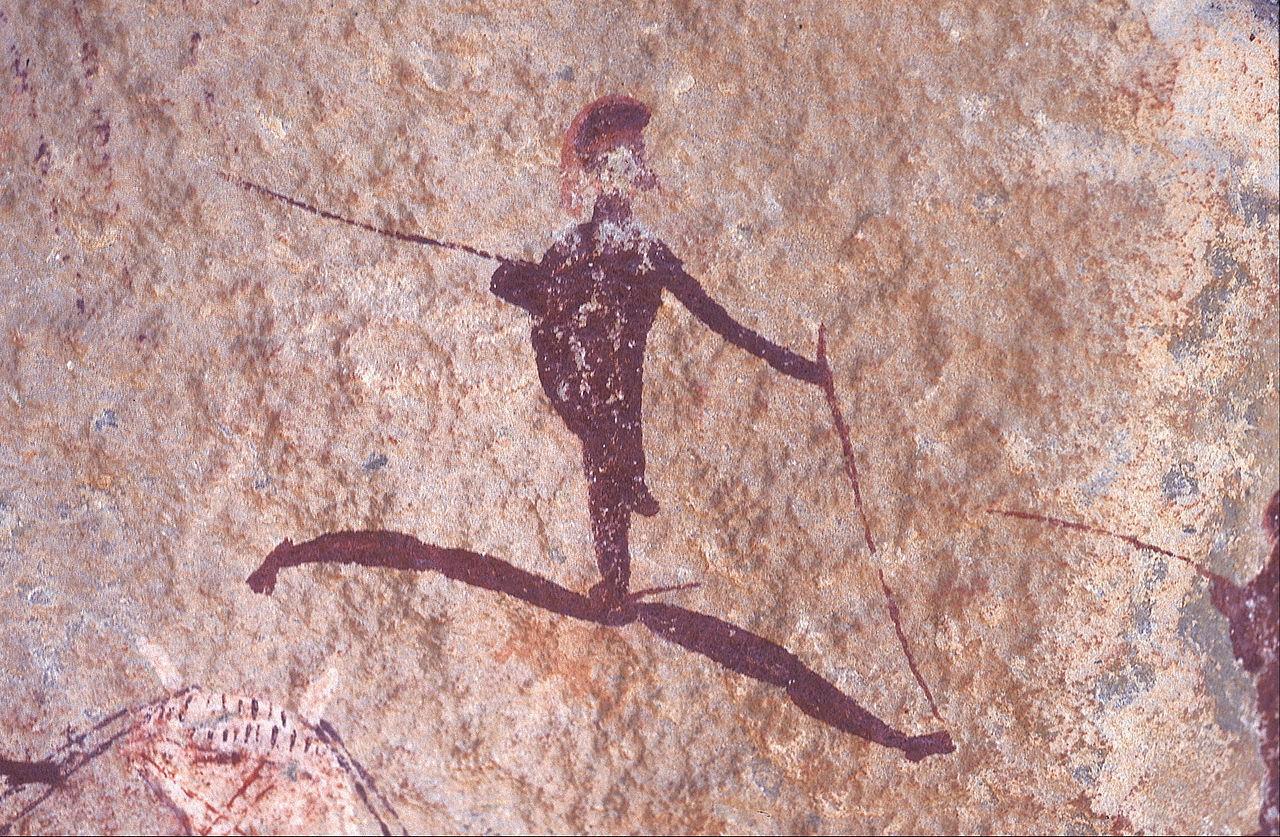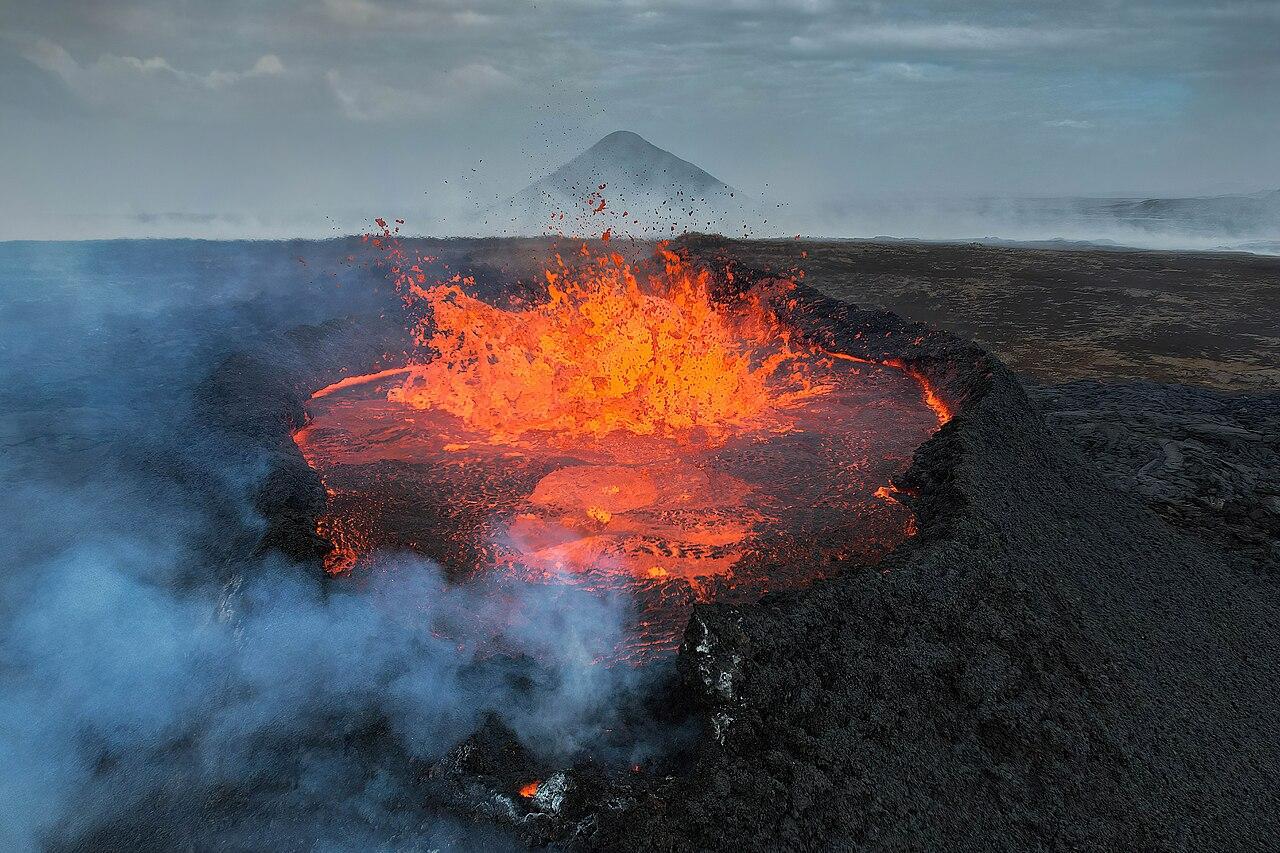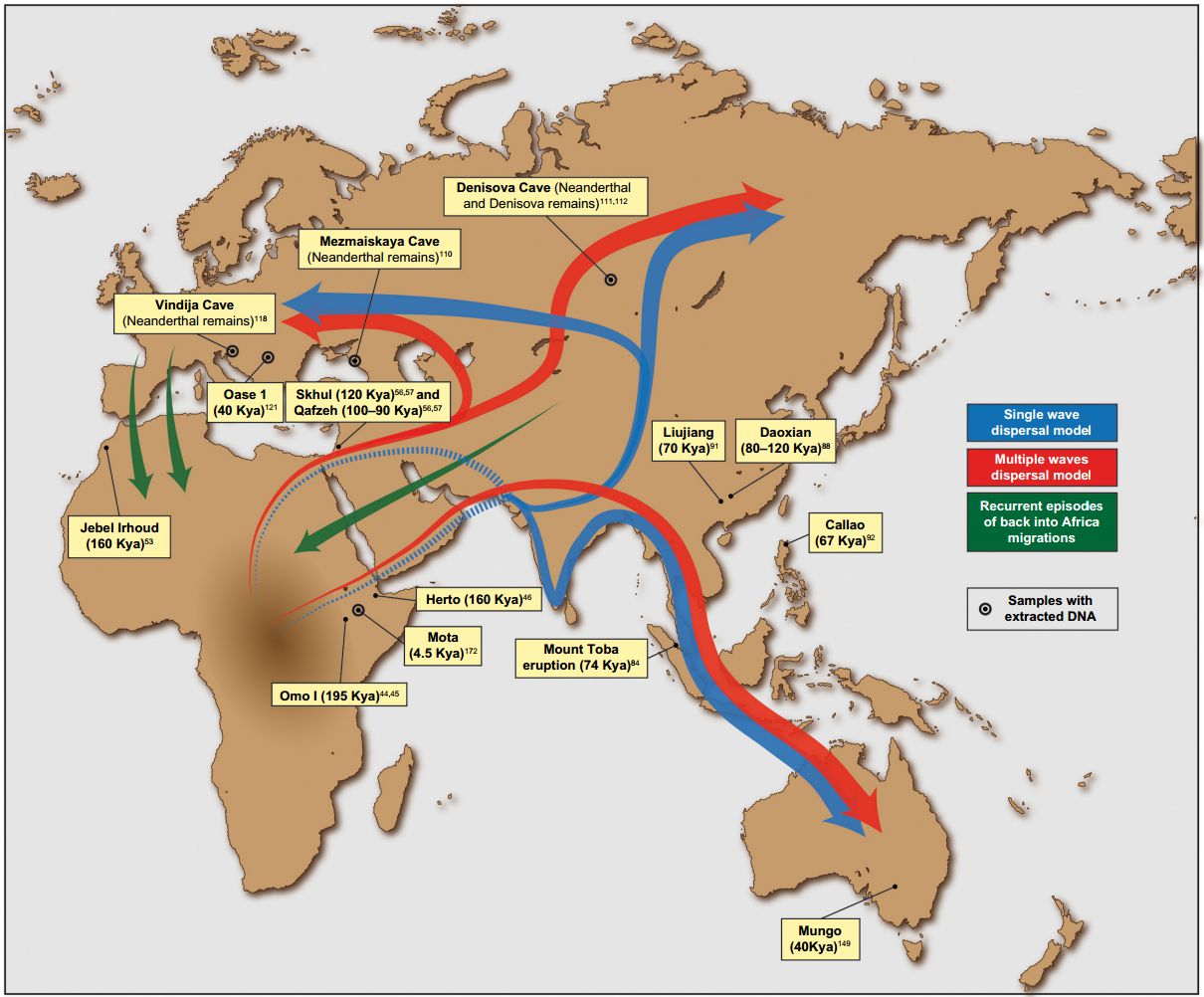After Arrowhead Discovery, Researchers Suggests Human Achievements Began Much Earlier Than Originally Believed
A new archaeological discovery has forced researchers to reconsider the capabilities of ancient humans shortly after unearthing the earliest arrowheads ever discovered at a site in Africa.
The site located in Ethiopia has since captivated the attention of many researchers, as the findings suggest ancient Homo sapiens were remarkably adaptive and continued to evolve despite experiencing a cataclysmic event.
Human Presence in Ethiopia 74,000 Years Ago
Over two decades ago, a team of paleoanthropologists excavated a small site in Ethiopia, where they unearthed the remains of fossilized animal bones and chipped stones, both of which are telltale signs of an ancient human presence.

Source: Wikimedia
This led the researchers to conduct several excavations over the next few years at the site in northwest Ethiopia. They soon discovered evidence of human activity in the region as far back as 74,000 years.
New Study Details Adaptability of Ancient Ethiopians
The team of researchers later published their findings in the journal Nature, explaining that the humans who lived at the site were innovative and fashioned sharp tools from stone, enabling them to hunt large animals.

Source: Wikimedia
According to the paper, the humans experienced a devastating volcanic eruption, which most likely turned their entire world upside down. But through perseverance, they adapted and continued to thrive.
Sophisticated Humans Living During the Stone Age
John Kappelman, a paleoanthropologist at the University of Texas who led the new study, suggests that the adaptability of these ancient humans may have paved the way for other groups to migrate out of Africa and settle in Eurasia.

Source: Wikimedia
“This points to how sophisticated people were in this time period,” said Kappelman.
Over 200 Ostrich Eggs Discovered at the Site in Ethiopia
During their excavation of the site named Shinfia-Metema 1, the archaeologists found thousands of bones of animals ranging from gazelles to warthogs and giraffes. Many had incision marks, suggesting that ancient hominins hunted these species.

Source: Wikimedia
They also unearthed the remains of over 200 ostrich eggs. Researchers theorize that humans may have utilized the eggs for collecting water, or they may have simply eaten them. Using these eggs, researchers determined humans lived at the site over 74,000 years ago.
Researchers Find Evidence of Ancient Volcanic Eruption
During the time humans were living at Shinfa-Metema 1, an enormous volcanic eruption occurred in Indonesia. This eruption unleashed vast amounts of toxic gases and ash into the sky, blocking out the sun for months around the world.

Source: Wikimedia
Dr. Kappelman and colleagues inspected rocks at the site in hopes of finding signs of the eruption. After grinding and dissolving rocks in acid, they found the presence of glass associated with a volcanic eruption. Researchers conducted further studies, seeing this as an opportunity to study a group of humans who survived such an event.
The Oldest Signs of Archery Ever Discovered
The team of researchers then analyzed over 16,000 chipped rocks recovered from the site, during which they theorized that the fragments were actually the remains of arrowheads.

Source: ARIZONA STATE UNIVERSITY
If this theory remains solid following further investigations, it will provide researchers with evidence of the oldest signs of archery ever discovered.
What Humans Did When Toba Erupted?
In the time that elapsed following the eruption of Toba in Indonesia, researchers surmised various human groups were forced to migrate to other parts of the world. However, this isn’t what occurred at Shinfa-Metema 1.

Source: Wikimedia
The site in Ethiopia suggests humans adapted to the new challenges and swapped out hunting large game and instead opted to fish in the newly shallow rivers.
Fish in a Barrel
After carefully examining the fishing practice of modern Ethiopians living in the region, the researchers began to theorize how the ancient inhabitants may have caught their food.

Source: Wikimedia
During the dry season, numerous fish become trapped in water holes. “It literally looks like fish in a barrel,” said Kappelman. “We think it would have been very easy to catch these fish.”
Humans Return to Hunting
Eventually, the environment at Shinfa-Metema 1 returned to normal around two years after the initial eruption. Mammals once again roamed in the region, and extended periods of rain returned, and fish bones became rare, suggesting the humans returned to hunting larger animals.

Source: Wikimedia
Dr. Kappelman and his colleagues believe this site could help researchers better understand the events that led to a migration out of Africa. It suggests that humans may have ventured beyond the northern Sahara during periods of heavy rain following so-called “green highways.”
Early Humans Followed the Land, Not Rivers, Says Researcher
Michael Petraglia, the director of the Australian Research Center for Human Evolution, shared his thoughts on the study, calling the archaeological and environmental evidence relating to Toba extraordinary.

Source: Wikimedia
Dr. Petraglia also voiced his opinion on human migration out of Africa, agreeing with the green highway hypothesis, as opposed to another, which suggests humans followed seasonal rivers. “Blue-highway corridors were pretty much nonexistent,” he added.
How Did Homo Sapiens End Up in Eurasia?
Dr. Kappelman remains unsure about the hypothesis, claiming there may be evidence to suggest humans may have left Africa by following seasonal rivers rather than the green highways.

Source: Wikimedia
Nonetheless, he admits that a single site cannot provide researchers with sufficient evidence to give a certain answer. Only further excavations in Africa will shed further insight on how ancient Homo sapiens ended up spread throughout Eurasia.
